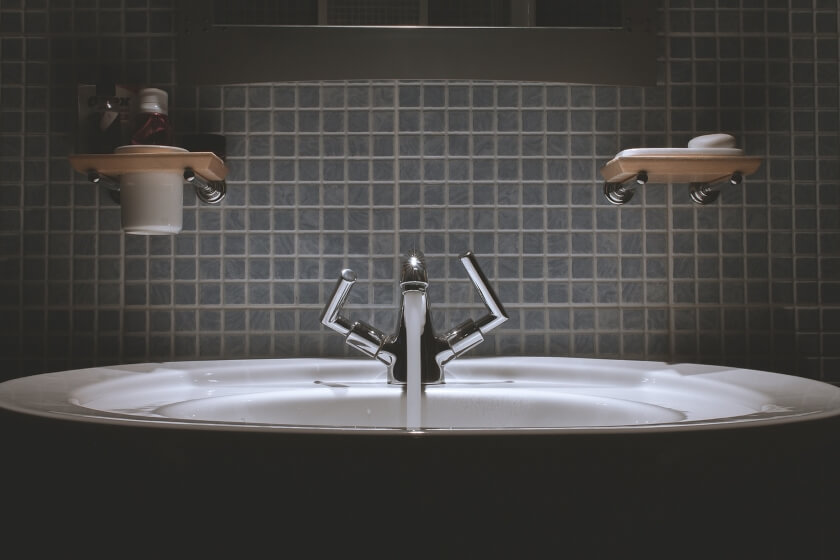How to Choose Your Bathroom Lighting

Often the smallest room in the house and yet usually one of the busiest, your bathroom must be both a practical and a pleasing space. There are many factors which combine to create the perfect bathroom and clearly your choice of suite, tiles and brassware are important. But you should also give careful consideration to your lighting.
The right lighting will enhance the aesthetics of your bathroom and will also play a significant role in how practical the room is for you to use.
Safety First
Water and electricity do not mix well and so it is essential that you choose light fittings which are sufficiently water resistant. Lights are given an Ingress Protection (IP) rating. This indicates the degree of protection provided against intrusion by solid objects and liquids. Each light will have a rating which features the letters IP followed by two numbers. The first of these refers to solids and the second to liquids. The IP rating that you need will depend on where in the bathroom the lights are to be fitted. The requirements are as follows:
Zone 0 (inside the bath or shower enclosure) requires a minimum rating of IP67
Zone 1 (the area above the bath to a height of 2.25m from the floor) requires a
minimum of IP44
Zone 2 (the area stretching 0.6m outside the perimeter of the bath and to a height of 2.25m from the floor). Requires a minimum of IP44
Zone 3 (anywhere outside zones 0,1 and 2 and where no water jet is likely to be used). No IP rating required.
In any area in which water jets may be used a minimum rating of IP65 is required.
Principle and Task Lighting
Think about how bright you would like the room to be. You certainly don’t want to be creeping around in the gloom trying to find the soap! Indeed, almost everything that you might want to do in the bathroom requires reasonably bright lighting including clipping your toe nails and applying your make up. Unless the smallest room in your house is actually huge you will need a total of 75-100 watts to create a bright and pleasing space.
Bathrooms often feature recesses and these can be areas which are cast in shadow and so may require additional lighting. It can also be beneficial to feature task lighting around mirrors. If the room is small, then one ceiling fitting which features multiple directional spotlights would be a great choice. You can then angle each light to illuminate different areas of the room.
Aesthetics
With so many styles to choose from it can be difficult to decide which would best suit your particular bathroom. Whilst lighting can be an appealing decorative feature, small rooms with low ceilings lend themselves to simplicity. Ornate fittings will overpower the space and the ceiling height will demand the choice of flush or recessed lighting. Larger rooms can benefit from more decorative styles and If you are lucky enough to have high ceilings then you could feature pendant lighting for greater visual impact.
Choose lights which complement your brassware and door furniture. If your taps and door handles are chrome, then chrome lighting will fit seamlessly into the space. White fittings will suit almost any room. You should also think about whether your bathroom would be best enhanced by contemporary or traditional designs.
Energy Usage
You probably aren’t considering a lighting display to rival Las Vegas but energy consumption should still be a consideration. There are several different types of lightbulb and your choice will make a difference to your electricity bills. Take a look at our article “How to choose the right light bulbs for your living room” to find all of the information that you need.
With all this in mind, why not take a look at what we here at O’briens Lighting have to offer in our own wide range of bathroom light fittings.
- Header image – Bathroom Sink by Dan Watson via Unsplash (CC0 1.0)